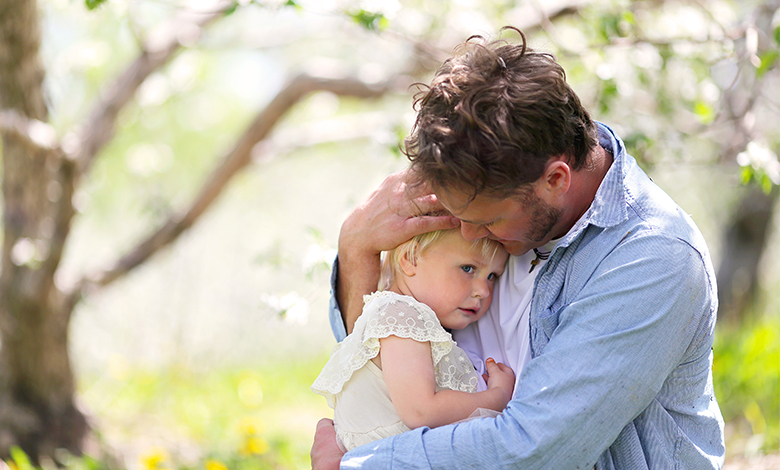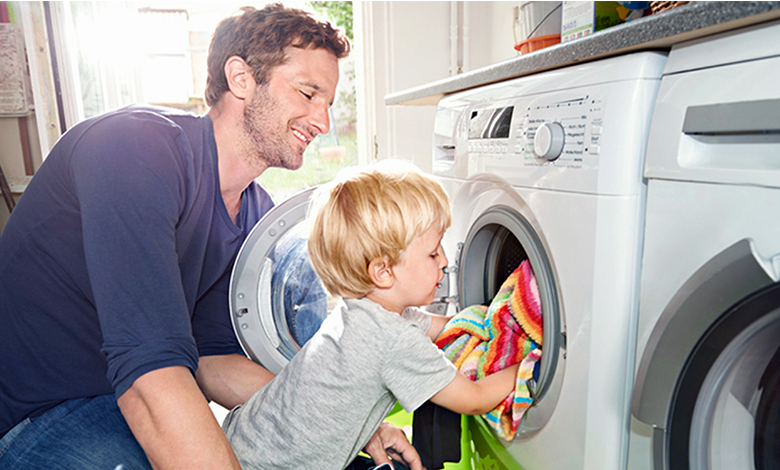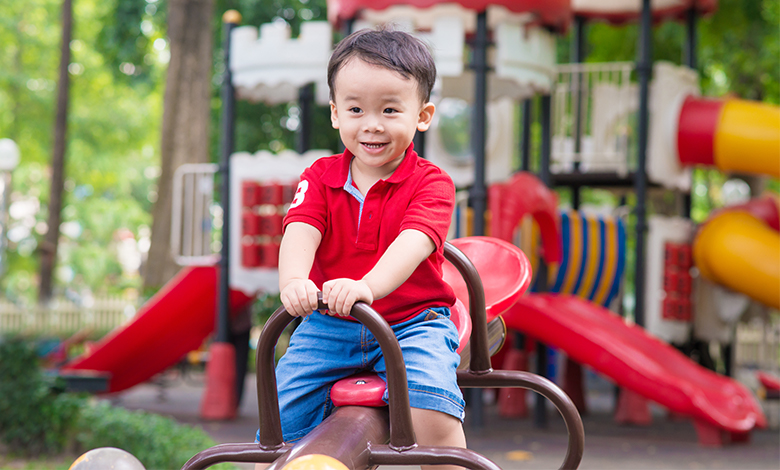- When your little one starts walking, you’ll need to do another round of child-proofing
- The right size shoe is an important investment
- Kids are resilient and can take minor falls in stride
5 things you need to know when your toddler starts walking

Key points
Your little one walking is a momentous occasion. It’s a special moment as your child takes their first tentative steps into independence and the wider world. It also marks the beginning of a new era of adventures – and hazards – to navigate for both of you.
Here are five things to consider while your little one is finding their feet.
Baby proof (again)
Even if you baby proofed when your little one started crawling, walking might mean they’re suddenly capable of accessing new potentially hazardous areas of the home. Get down to their level and inspect your low-hanging draws and cupboards for anything you want to keep out of tiny hands. Similarly, keep an eye on any pots and pans that might be within grabbing reach in the kitchen, especially when you’re cooking on a stovetop.If you have stairs in your home, navigating them will provide a whole new set of challenges for your little one. While most toddlers can climb up stairs by 18 months of age, they don’t necessarily have the balance or coordination to go down them. Consider investing in a safety gate to prevent accidents, and teach your child the importance of “sliding” feet first down stairs.
Pick the right pair of shoes
Where you can, let your little one walk barefoot because doing so will encourage the growth of a healthier foot structure. However, when you’re out and about in the world, shoes will be a necessity.
Ensure you’re getting a Cinderella-style match for your toddler by taking them for a proper shoe-fitting. Given how quickly children grow, it can be tempting to size up to save money further down the track. But if their shoes are too large, your little one won’t be able to walk without tripping. Too small, and their feet won’t have space to grow properly.
Understand sleeping patterns may change
By the time your baby is ready to begin walking, they will have (hopefully) settled into a regular sleeping rhythm. It’s possible that your child might regress to a less predictable night-time pattern because of natural growth and development, stress, a change in routine, or even because they want to express their independence.
This is a temporary phase. They will revert to a regular sleeping schedule, but there are a few things you can do to help. Even though walking will use up some energy, place an emphasis on play to expend energy during the day and do your best to maintain a consistent bedtime schedule. It’s important to not to overdo it, though, as young children are prone to overtiredness.
Avoid walkers
Health professionals caution against using baby walker or jumper products as they can cause developmental delays further down the track. These devices often inadvertently train children to stand on their toes, creating muscular tightness that may need to be rectified later.They also place babies higher up than they would normally be, which means any spills could have greater potential for harm.
Know that falls happen (and that’s OK)
Inevitably, first steps will be accompanied by first falls. In fact, falls are the most common cause of injuries in every age of child. While this can be a nerve-wracking experience for you, it’s worth reminding yourself that toddlers are incredibly resilient. Most falls only lead to bumps and bruises.
Still, it’s important that you are able to recognise signs of a concussion in the event that your little one experiences a serious tumble. If your child is drowsy, confused, suffering from excessive swelling, has difficulty staying awake, vomiting, or a large bump or bruise on their head, immediately consult with a medical professional.
Related pages

Get in touch with our Careline experts
When your little one is unhappy or unwell you want reliable support from a trusted source. Our Careline team of nutritionists, dietitians and midwives specialise in infant and child health, offering free nutrition, feeding and product information.
Every feeding journey is unique
Not every parent can produce breast milk. No matter what choice you make, we will support your unique feeding journey.
We at Nutricia believe in providing the best nutrition for babies, which is why we recognise breast milk is uniquely superior for babies as it provides many benefits. It is important that mums have a healthy diet to support breastfeeding. A decision not to breastfeed, or partial bottle feed, may reduce breast milk supply making it difficult to reverse. The cost and social implications of using feeding methods should be considered. Always seek professional advice about feeding your baby. Ensure formula is used as directed as improper use can affect baby’s health.
REMEMBER: The information on this page is general only. If you have any concerns about your baby’s poo or questions about constipation or any other health concerns, please speak to a healthcare professional, like a Pharmacist, GP or Maternal Child Health Nurse.



